In this article, we shared the Purge & Pressurization Systems Interview Questions.
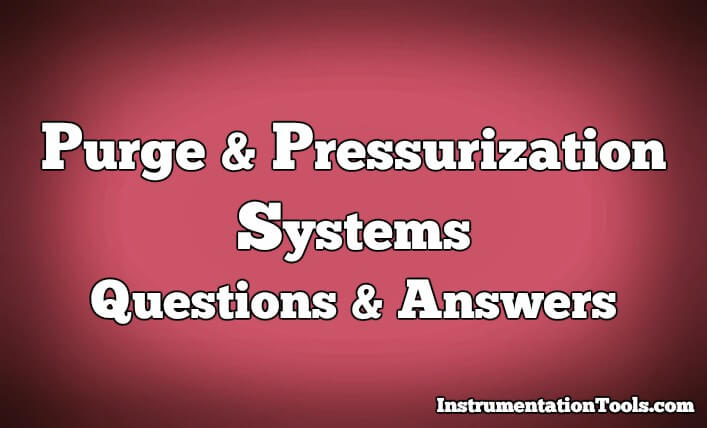
What is purging?
Purging is the process of supplying enclosures with compressed air or inert gas at the proper flow and pressure in order to reduce the hazardous gas inside the enclosure to a safe level.
Pressurization is the process of bringing compressed air or inert gas within an enclosure to a pressure where there is no ingress of hazardous gasses or combustible gas.
Both purging and pressurization are required in a Class I,gas atmosphere. Only pressurization is required in a Class II, dust atmosphere.
What is Purge & Pressurization?
Purge & pressurization enables you to use any electrical equipment inside an enclosure in a hazardous location.
Before control units power-up electrical equipment, they first flush hazardous gas and dust from the enclosure or panel, cabinet, motor housing, etc., with clean uncontaminated air.
The equipment inside the enclosure does not require approvals or certifications.
Generally, we purge with instrument-grade compressed air. The flow rate and duration depends on the enclosure volume and national & international standards.
Some companies purge with nitrogen – you can use other inert gases but nitrogen is commonly available.
What is the pressure requirement?
Most purging applications require a minimum enclosure pressure of 0.10 inches (2.5 mm) of water.
One psi is equal to 27.7 inches of water. In some circumstances, a minimum enclosure pressure of 0.50 inches (12.7 mm) of water is required to protect against ignitable dust.
But in all cases, a higher enclosure pressure should be maintained to create a reasonable safety factor.
In rare circumstances,enclosure pressures as high as 2.5inches (63.5mm) of water may be required to offset sudden atmospheric pressure fluctuations, such as those created near missile launching or off-shore drilling platforms.
How much purging gas is used?
Average protective gas consumption during pressurization at a 0.10 inch(2.5mm) enclosure pressure should fall somewhere between 0.1 to 3.5 SCFH per cubic foot (2.83 to 99.11 l/hr) of enclosure volume.
However,use will depend on the protected enclosure’s integrity and normal pressure setting. Use is also dependent on the quantity and size of covers and doors as well as devices which penetrate the surface.
Advanced forms of protection such as cooling or dilution may require continuous flow rates of 30 to 100 SCFH (849.38 to 2831.26 l/m). Purging requires a much higher flow rate than pressurization, but only for a short period of time.
What kinds of enclosures can be purged?
Any enclosure can be purged,but enclosures featuring gasketing and multiple door fasteners are ideal.
Therefore, in the absence of official construction requirements for purged enclosures, companies recommends enclosures which meet or exceed the National Electrical Manufacturer’s Association rating of NEMA 4 or NEMA 12.
What kinds of devices can be purged?
Virtually any basic electrical device can be purged, if all “live” or energized components can be isolated from the surrounding environment.
Devices such as pushbuttons, relays, timers and programmable controllers only need to be installed in a sealed enclosure.
Motors only require a totally enclosed housing.
What is “Purging” in the context of purge and pressurization systems for hazardous environments?
In the context of purge and pressurization systems for hazardous environments, the term “purging” refers to the process of supplying pressurized clean instrument air or inert gas into an electrical enclosure in order to reduce or eliminate the hazardous material in the enclosure to a safe (non-explosive) level.
What is “Pressurization” in the context of purge and pressurization systems for hazardous environments?
In the context of purge and pressurization systems for hazardous environments, the term “pressurization” refers to the process of bringing the same (as the purging air) clean instrument air or inert gas under pressure into the electrical enclosure.
The pressure is enough to create a small positive differential pressure between the inside of the enclosure and the ambient pressure outside the enclosure.
The positive pressure ensures there is no ingress of hazardous material into the enclosure.
What are the benefits and drawbacks of purge protection?
Purge protection does not require a special enclosure as normally a standard industrial enclosure will work.
This protection method also addresses possible internal releases of flammable gas, vapor, or liquid.
This is important for analyzers and other equipment that have a flammable liquid or gas pass through them.
The only downside is that it requires a supply of protective gas, typically air, to purge the enclosure and keep it pressurized.
What are the benefits and drawbacks of intrinsically safe protection?
Intrinsic safety relies on the equipment supplies being of low voltage and power and suitable for electronic devices.
The operating current of the circuitry should be low enough not to be affected by series resistance, which may be required to limit energy. The circuitry should contain low values of inductance and capacitance.
Supply values exceeding 30V and 1.3W are possible but will be increasingly more difficult to certify.
A detailed analysis of the circuit design will likely be necessary, possibly revealing a need to modify the circuit design in order to obtain certification. The strength and shape of the enclosure is not as important as full control and knowledge of the circuit design.
What are the differences between continuous flow purge and leakage compensation purge methods?
A continuous flow system will continuously flow air through the control panel. The flow rate depends on which orifice plate you choose. Applications are small enclosures and analyzers.
A leakage compensation system first purges the enclosure. It then shuts itself down and just tops off for any leakages the enclosure may have. It will maintain a minimum pressure in the enclosure.
Continuous flow is more economical to purchase but requires continuous consumption of the purge medium.
Leakage compensation is more costly up front, but these higher costs can be quickly recovered through purge medium savings.
What do the X,Y, and Z purge methods mean?
Purging is used extensively today for electrical / instrument enclosures.
A purge and pressurized enclosure allows easy maintenance of the internal equipment, and there is no limit to the power that can be supplied.
The purge medium, usually compressed air, is used to keep the enclosure at a higher pressure than the outside of the enclosure, preventing the entry of explosive gas. A
fter closing the enclosure, there must be a purging to dilute any gas that may be present within the enclosure before applying the power, hence the term, “purge and pressurize.”
There are three types of purge: X, Y, and Z.
Type X Purge
Type X reduces the area classification within the purged enclosure from Class I, Division 1, to non-classified where general purpose equipment can be fitted within the enclosure.
The enclosure must be purged at least four full volume changes, timed automatically before the electrical interlock supplies power to the general purpose equipment.
On loss of pressure the power must be disconnected except under special conditions.
Type Y Purge
Type Y purge reduces the area classification within the purged enclosure from a Class I, Division 1, to Class I, Division 2, where non-incendive (Division 2) equipment can be fitted within the enclosure.
The requirements for the operation of the Y Purge are the same as the Z Purge.
The difference is the application and contents of the purged enclosure.
Type Z Purge.
Type Z purge reduces the area classification within the purged enclosure from Class I, Division 2, to non-classified where general purpose equipment can be fitted within the enclosure.
The enclosure must be purged at least four full volume changes before the electrical supply can be applied to the general purpose equipment.
This is a manual function completed by the plant operator.
On loss of pressure, there is no need to disconnect the electrical supply if the Division 2 area is known to be nonhazardous, but there must be a visual or audible alarm.
Which type of hazardous area protection is the most cost effective?
Cost effectiveness depends on the area classification and the availability of compressed air.
Y or Z purge is most economical when these methods meet the requirement.
Leakage compensation will also achieve cost savings in the long term by saving on the purge medium.
What is the difference between X, Y & Z purge systems?
X-rated purge systems allow uncertified equipment to be installed in Zone 1 (Division 1). Usually, power to the enclosure is switched off if pressurization is lost.
Y-rated purge systems allow Zone 2 (Division 2) certified equipment to be installed in Zone 1 (Division 1). Usually an alarm sounds if pressurization is lost.
Z-rated purge system allow uncertified equipment to be installed in Zone 2 (Division 2). Usually, an alarm sounds if pressurization is lost.
What kind of “air” (protective gas) is required for a purge/pressurization system located in a hazardous environment?
Air of normal instrument quality, nitrogen, or other non-flammable gas is permitted as a protective gas.
All protective gas is to be free of contaminants or foreign matter and shall contain no more that trace amounts of flammable vapor or gas. (This is per the NFPA 496 specification.)
If using compressed air as a protective gas, where should the compressor intake be located?
The compressor intake should be located in an unclassified location.
When does electrical power need to be automatically disconnected?
X purge systems require internal power isolation on pressurization loss. Except:
- If power disconnection may lead to a more dangerous situation;
- Safety-critical systems, e.g. emergency shutdown, public address, general alarm system; which should remain powered when pressurization is lost.
Many users require automatic power disconnection in Zone 2 & Division 2, if they believe:
- Safety is improved;
- Local operator reaction to alarms signalling pressurization loss is likely to be delayed.
Can the Continuous (air)Flow system cool electronic equipment ?
The Continuous Flow purge system is designed to prevent explosions, not to cool equipment. There is no guarantees that purge system will decrease temperatures inside the enclosure.
What about heat dissipation ?
Internally-generated heat can dissipate through the pressurized enclosure walls or through attached heat sinks. If your equipment doesn’t achieve your desired T-rating.
Air leaks: The most common problem in Pressurization systems
Purge & Pressurization systems work if your inlet supplies more air than air lost through leaks. If your air supply is too low:
- The inert gas or air pressure inside your enclosure is too low to exclude hazardous gas or dust;
- The purge process cannot purge hazardous gas or dust from the enclosure;
- You cannot safely operate electrical equipment or motors;
- The purge unit stops you or the control system firing-up anything electrical.
We appreciate some readers may be frustrated. Your plant is down. It’s possible your purge system is doing its job and preventing explosions.
For all systems check:
- The inlet compressed-air pressure should be between 60 to 115 PSI, 4 to 8 bar. The compressed-air inlet pipe should be at least 3/8″ or 10mm Internal Diameter to ensure sufficient flow. Minimize bends for a smooth air-flow.
- No preventable air leaks from the enclosure or housing. e.g. unfilled conduit seals, unused holes etc.
- The enclosure remains properly sealed. Seals should stop water and dust entering the cabinet or enclosure. Normally, seals allow a little pressurized air to escape. However, if the inlet compressed air pressure is/was too high, the pressure bows out the enclosure’s door and sides. This breaks the seal so pressurized air leaks.
Do barriers or isolators alone make my system safe?
No, the apparatus to be used in the hazardous zone must either be an intrinsically safe apparatus or a simple apparatus.
What is a simple apparatus?
Any device which does not generate or store more than 1.5V, 100mA, and 25mW, including inductance and capacitance.
What are the factors driving the increased demand for purge and pressurization systems?
The increased demand for purge and pressurization systems is driven by a number of factors.
Following are some the key factors:
- The continuing focus on safety in hazardous working locations.
- The high-cost of designing, certifying, and installing electrical equipment as either explosion proof and/or intrinsically safe.
- The increased use of automation requiring electrical/electronic controls in hazardous work environments. For example: Robotics, programmable controllers, computers, printers, calibrators, analyzers, and video displays.
- The recent boom in the petro-chemical industry brought on by the lower cost of petroleum-based raw material.
What is MIC?
MIC is the Minimum Igniting Current.
This is the ratio of the minimum current required from an inductive spark discharge to ignite the most easily ignitable mixture of a gas or vapor, divided by the minimum current required from an inductive spark discharge to ignite methane under the same test conditions.
In the “Class/Division/Group” system of hazardous area classifications, MIC ratios are used for Groups B, C,and D to define the types of hazardous gases in the surrounding atmosphere.
What is MESG?
MESG is the Maximum Experimental Safe Gap.
This is the maximum clearance between two parallel metal surfaces that has been found , under special test conditions, to prevent an explosion in a test chamber from being propagated to a secondary chamber containing the same gas or vapor at the same concentration.
In the “Class/Division/Group system of hazardous area classifications, MESG distance values (in mm) are used for Groups B, C, and D, to define the types of hazardous gases in the surrounding atmosphere.
What is SCFH?
SCFH is the Standard Cubic Feet per Hour is the volume flow rate of a vapor at standard conditions of pressure and temperature and humidity –14.7 PSIA, 68°F, and 0% relative humidity.
What is SCFM?
SCFM is the Standard cubic feet per minute. It is the volumetric flow rate of a gas corrected to “standardized” conditions of temperature and pressure.
It is related to the mass flow rate of the gas by a multiplicative constant which depends only on the molecular weight of the gas.
Is there a specific NEMA (National Electrical Manufacturer’s Association) enclosure specified by NFPA 496 for use with a purge/pressurization system used in a hazardous environment?
NFPA 496 does not specify a particular NEMA rating for an electrical enclosure that uses a purge/pressurization system in a hazardous environment.
Most manufacturer’s of purge/pressurization systems recommend electrical enclosures that minimally meet the rating of NEMA 4 or NEMA 12 enclosures respectively.
If the enclosure has windows, it’s important that the windows be shatterproof. It’s best to make sure there is no tape over cutouts and/or openings in the enclosure.
What are the advantages of purge & pressurization systems as a method of protecting electrical equipment in hazardous locations?
Following are advantages of purge & pressurization systems:
- Overall safety
- Most cost effective (low cost of protection/volume of enclosure
- Low maintenance
- Not limited by quantity, volume, shape, power requirements, or physical location of electrical equipment
- Capable of reducing moisture, heat, dust, and corrosion within protected equipment
- Can improve performance of equipment within protected enclosure
- Allows for quick and easy access to protected equipment
- Adds to the life expectancy of instrumentation within electrical enclosure
No immediate danger created if system fails.
References :
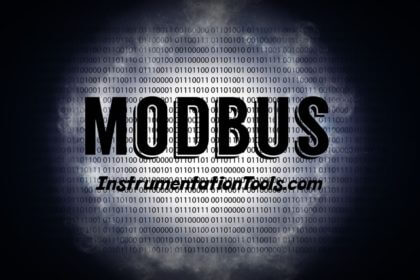
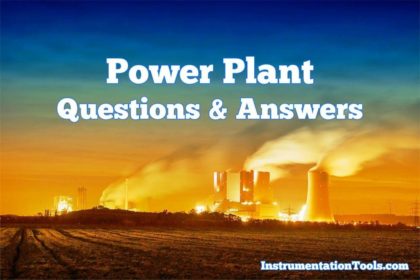
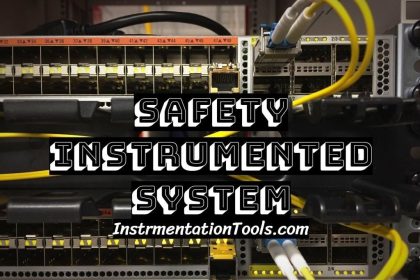
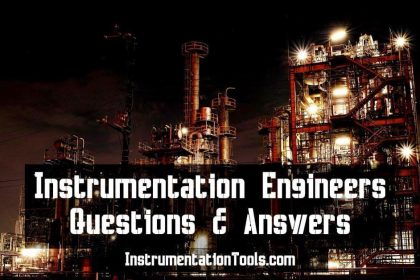

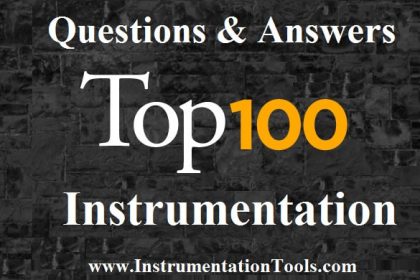
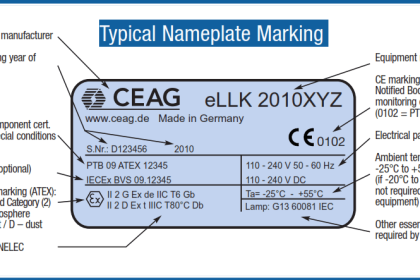
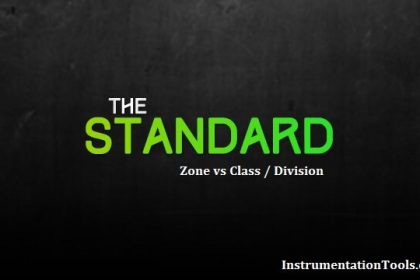

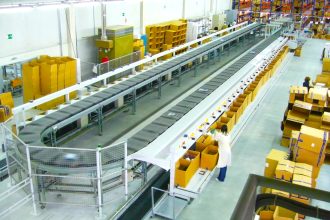
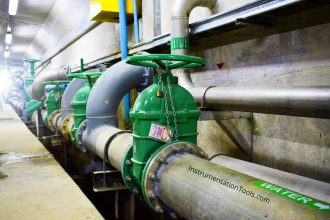
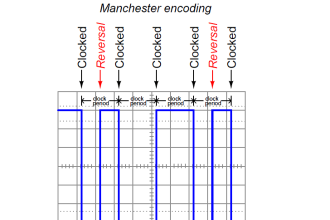
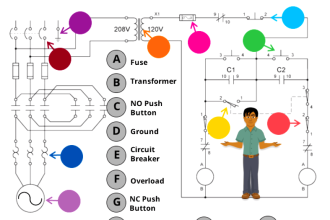
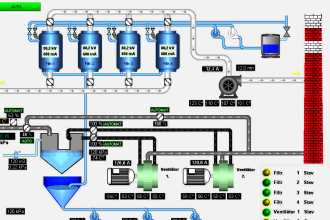

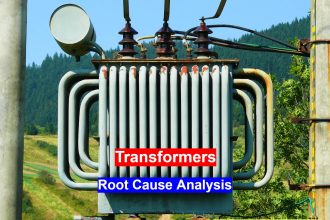

Excellent give moreanswer & QUESTIONS
if i have a class2 Division 2 room with food grade dust, do I have to pressurize or purge if my electrical cabinet is a nema 4 or 4x? Is there a cabinet that doesn’t require purge or pressurization in a class 2 Divison 2 atmosphere?